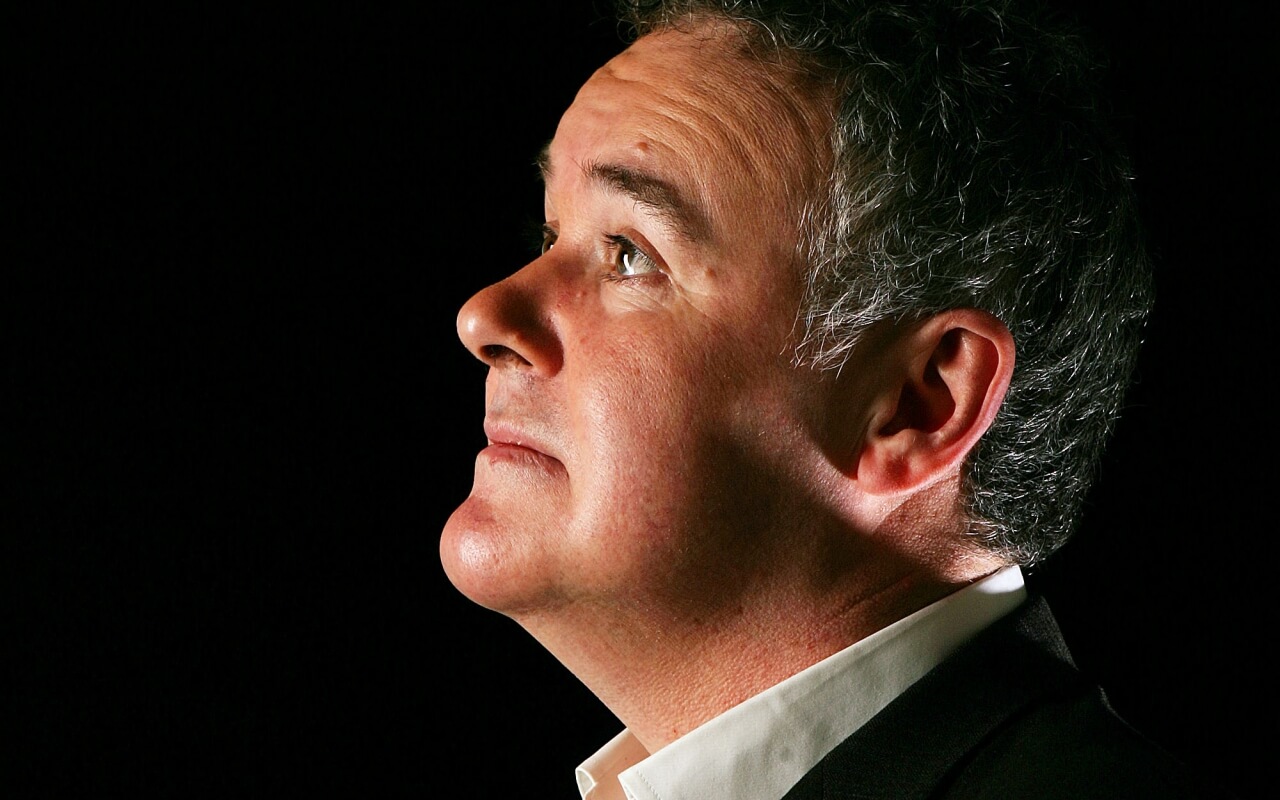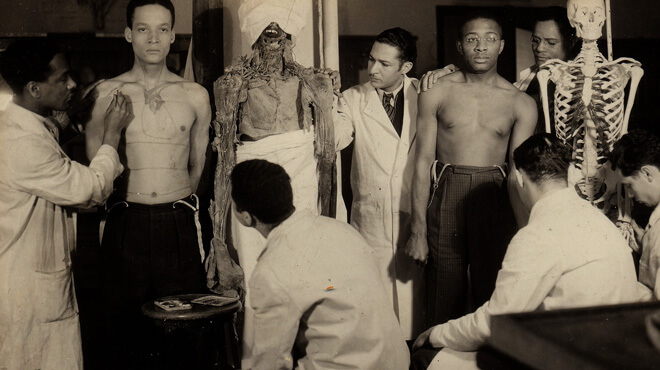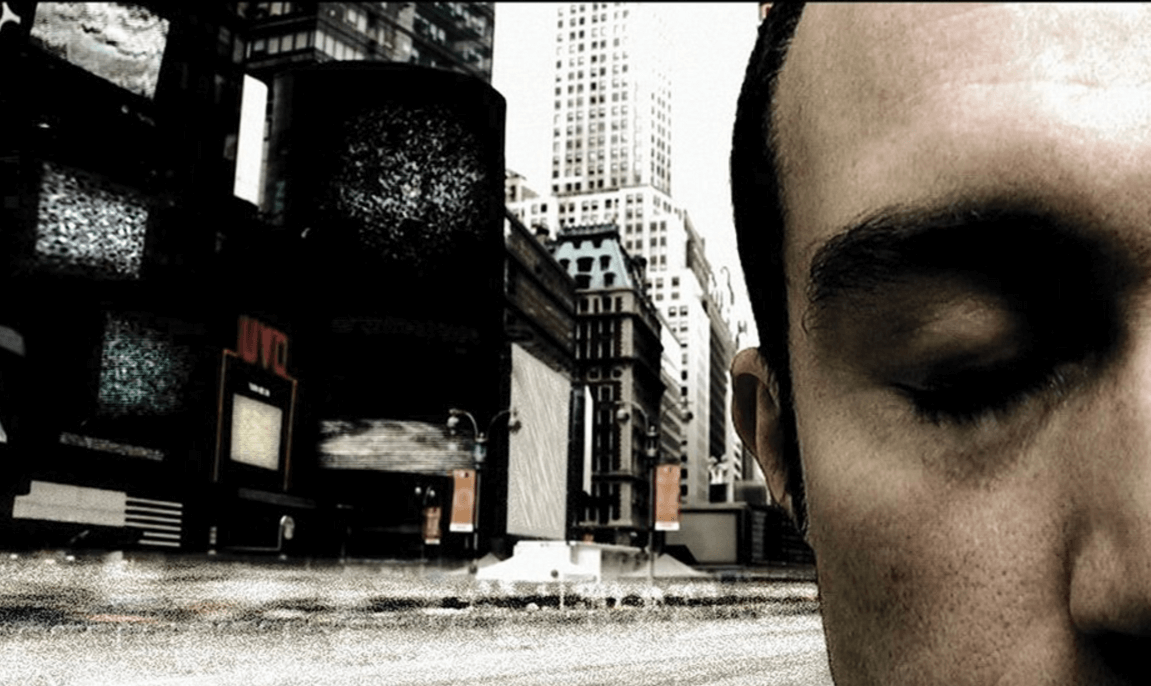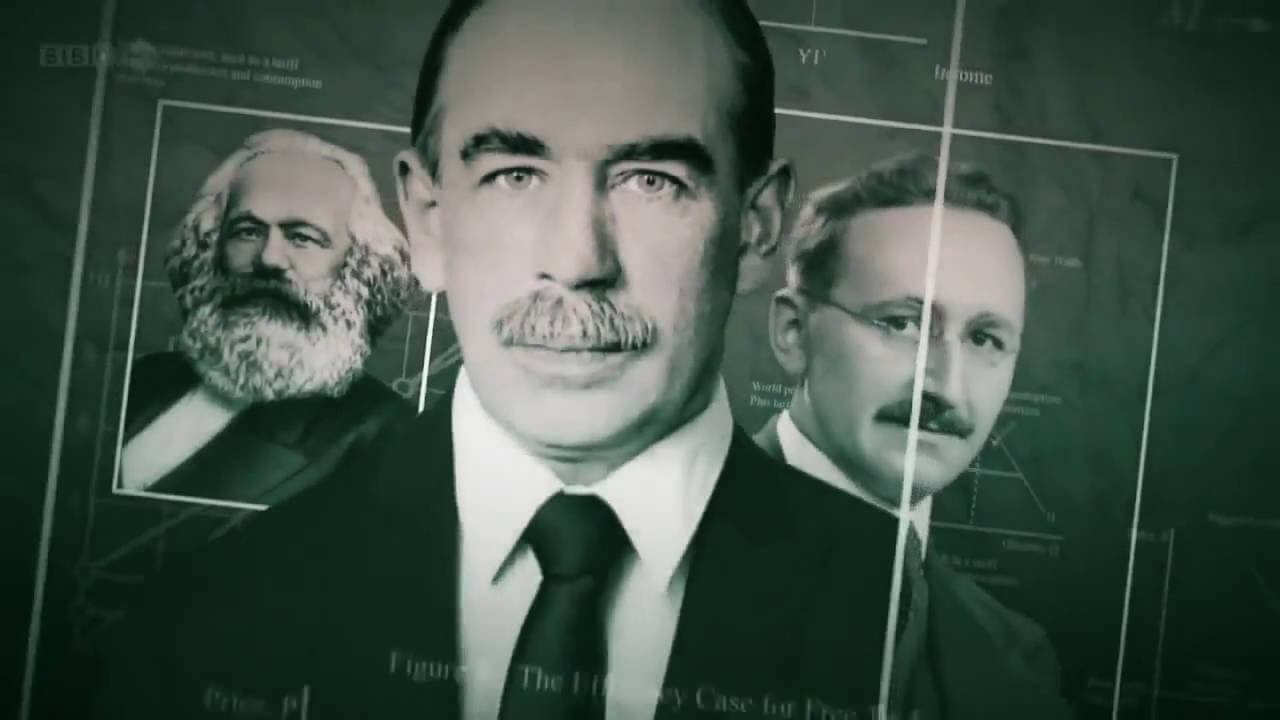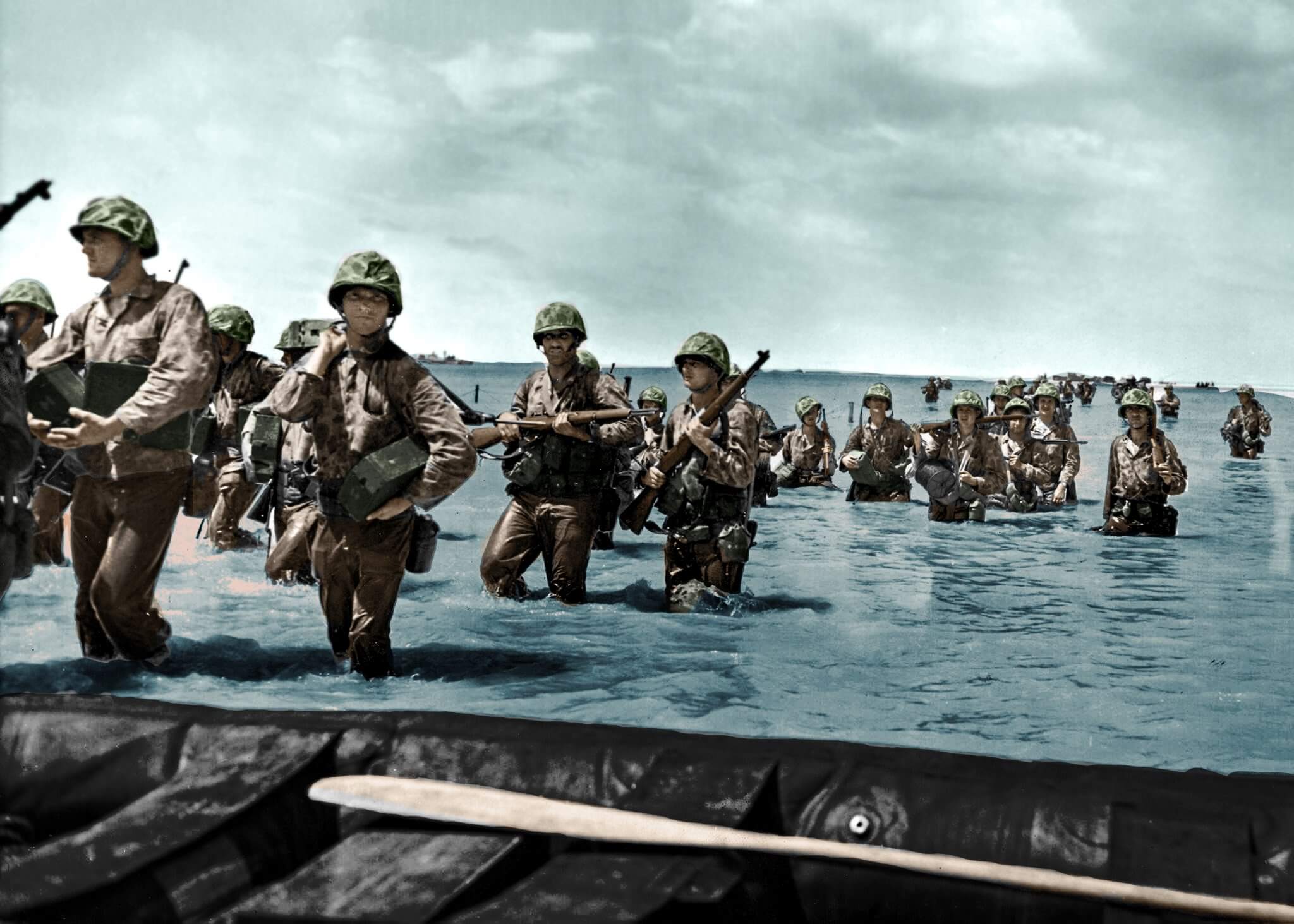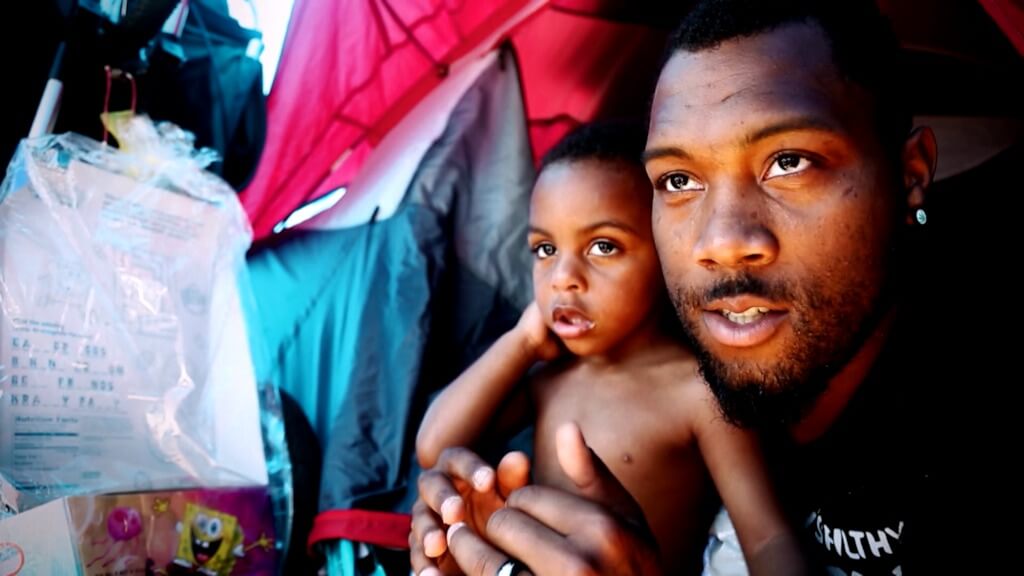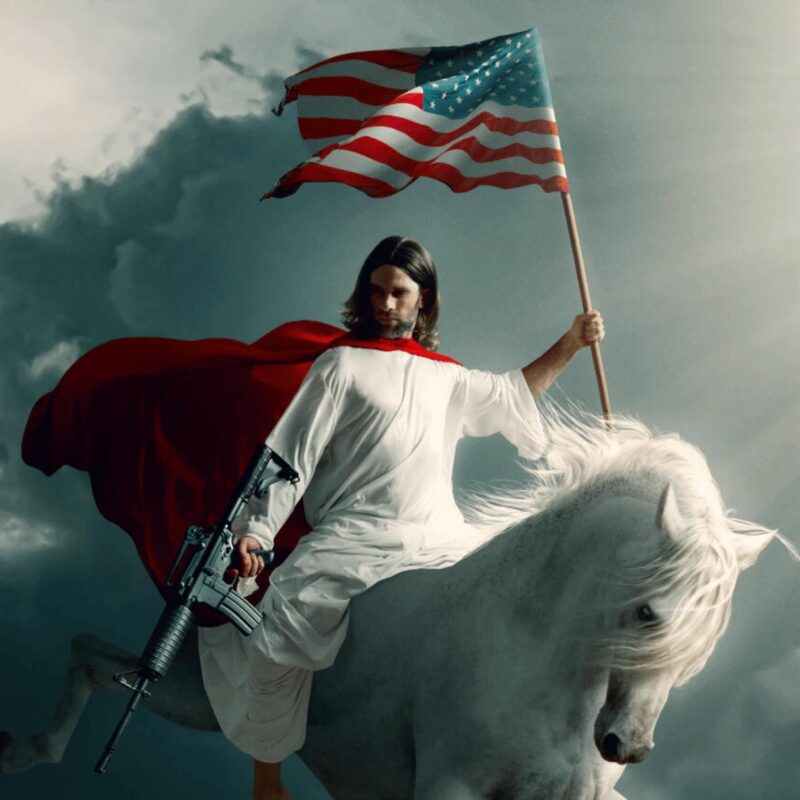description:
The series consists of three one-hour programmes which explore the concept and definition of freedom, specifically, “how a simplistic model of human beings as self-seeking, almost robotic, creatures led to today’s idea of freedom.”
episodes:
In this episode, Curtis examines the rise of game theory during the Cold War and the way in which its mathematical models of human behaviour filtered into economic thought.
The programme traces the development of game theory with particular reference to the work of John Nash (the mathematician portrayed in A Beautiful Mind), who believed that all humans were inherently suspicious and selfish creatures that strategised constantly. Using this as his first premise, Nash constructed logically consistent and mathematically verifiable models, for which he won the Bank of Sweden Prize in Economic Sciences, commonly referred to as the Nobel Prize in Economics. He invented system games reflecting his beliefs about human behaviour, including one he called “Fuck Your Buddy” (later published as “So Long Sucker”), in which the only way to win was to betray your playing partner, and it is from this game that the episode’s title is taken. These games were internally coherent and worked correctly as long as the players obeyed the ground rules that they should behave selfishly and try to outwit their opponents,[citation needed] but when RAND’s analysts tried the games on their own secretaries, they instead chose not to betray each other but to cooperate every time. This did not, in the eyes of the analysts, discredit the models but instead proved that the secretaries were unfit subjects. See U.S. Air Force Project RAND Memorandum RM-789-1, “Some Experimental Games,” Merill M. Flood, 20 June 1952, pp. 15–16: “This is in contrast to the proposed theoretical solution in which the two secretaries would have shared the amount g only, with the first secretary receiving m in addition. Upon inquiry, it developed that they had entered into the experiment with the prior agreement to share all proceeds equally!”
What was not known at the time was that Nash was suffering from paranoid schizophrenia and, as a result, was deeply suspicious of everyone around him—including his colleagues—and was convinced that many were involved in conspiracies against him. It was this mistaken belief that led to his view of people as a whole that formed the basis for his theories. Footage of an older and wiser Nash was shown in which he acknowledges that his paranoid views of other people at the time were false.
Curtis examines how game theory was used to create the USA’s nuclear strategy during the Cold War. Because no nuclear war occurred, it was believed that game theory had been correct in dictating the creation and maintenance of a massive American nuclear arsenal—because the Soviet Union had not attacked America with its nuclear weapons, the supposed deterrent must have worked. Game theory during the Cold War is a subject Curtis examined in more detail in the To The Brink of Eternity part of his first series, Pandora’s Box, and he reuses much of the same archive material in doing so.
A separate strand in the documentary is the work of R.D. Laing, whose work in psychiatry led him to model familial interactions using game theory. His conclusion was that humans are inherently selfish, shrewd, and spontaneously generate stratagems during everyday interactions. Laing’s theories became more developed when he concluded that some forms of mental illness were merely artificial labels, used by the state to suppress individual suffering. This belief became a staple tenet of counterculture during the 1960s. Reference is made to theRosenhan experiment, in which bogus patients, surreptitiously self-presenting at a number of American psychiatric institutions, were falsely diagnosed as having mental disorders, while institutions, informed that they were to receive bogus patients, “identified” numerous supposed imposters who were actually genuine patients. The results of the experiment were a disaster for American psychiatry, because they destroyed the idea that psychiatrists were a privileged elite able to genuinely diagnose, and therefore treat, mental illness.
All these theories tended to support the beliefs of economists such as Friedrich von Hayek, whose economic models left no room for altruism, but depended purely on self-interest, leading to the formation of public choice theory. In an interview, the economist James M. Buchanan decries the notion of the “public interest”, asking what it is and suggesting that it consists purely of the self-interest of the governing bureaucrats. Buchanan also proposes that organisations should employ managers who are motivated only by money. He describes those who are motivated by other factors—such as job satisfaction or a sense of public duty—as “zealots”.
As the 1960s became the 1970s, the theories of Laing and the models of Nash began to converge, producing a widespread popular belief that the state (a surrogate family) was purely and simply a mechanism of social control which calculatedly kept power out of the hands of the public. Curtis shows that it was this belief that allowed the theories of Hayek to look credible, and underpinned the free-market beliefs of Margaret Thatcher, who sincerely believed that by dismantling as much of the British state as possible—and placing former national institutions into the hands of public shareholders—a form of social equilibrium would be reached. This was a return to Nash’s work, in which he proved mathematically that if everyone was pursuing their own interests, a stable, yet perpetually dynamic, society could result.
The episode ends with the suggestion that this mathematically modelled society is run on data—performance targets, quotas, statistics—and that it is these figures combined with the exaggerated belief in human selfishness that has created “a cage” for Western humans. The precise nature of the “cage” is to be discussed in the next episode.
The second episode reiterated many of the ideas of the first, but developed the theme that drugs such as Prozac and lists of psychological symptoms which might indicate anxiety or depression were being used to normalise behaviour and make humans behave more predictably, like machines.
This was not presented as a conspiracy theory, but as a logical (although unpredicted) outcome of market-driven self-diagnosis by checklist based on symptoms, but not actual causes, discussed in the previous programme.
People with standard mood fluctuations diagnosed themselves as abnormal. They then presented themselves at psychiatrist’s offices, fulfilled the diagnostic criteria without offering personal histories, and were medicated. The alleged result was that vast numbers of Western people have had their behaviour and mentation modified by SSRI drugs without any strict medical necessity.
The Ax Fight—a famous anthropological study of the Yanomamo people of Venezuela by Tim Asch and Napoleon Chagnon—was re-examined and its strictly genetic-determinist interpretation called into question. Other researchers were called upon to verify Chagnon’s conclusions and arrived at totally opposed opinions. The suggestion was raised that the presence of a film crew and the handing out of machetes to some, but not all, tribesmen might have caused them to ‘perform’ as they did. While being questioned by Curtis, Chagnon was so annoyed by this suggestion that he terminated the interview and walked out of shot, protesting under his breath.
A film of Richard Dawkins propounding his ultra-strict “selfish gene” analogy of life was shown, with the archive clips spanning two decades to emphasise how the severely reductionist ideas of programmed behaviour have been absorbed by mainstream culture. (Later, however, the documentary gives evidence that cells are able to selectively replicate parts of DNA dependent on current needs. According to Curtis such evidence detracts from the simplified economic models of human beings). This brought Curtis back to the economic models of Hayek and the game theories of the cold war. Curtis explains how, with the “robotic” description of mankind apparently validated by geneticists, the game theory systems gained even more hold over society’s engineers.
The programme describes how the Clinton administration gave in to market theorists in the US and how New Labour in the UK decided to measure everything it could, the better to improve it, introducing such artificial and unmeasurable targets as: Reduction of hunger in Sub-Saharan Africa by 48%; Reduction of global conflict by 6%.
It also introduced a rural community vibrancy index in order to gauge the quality of life in British villages and a birdsong index to check the apparent decline of wildlife.
In industry and the public services, this way of thinking led to a plethora of targets, quotas, and plans. It was meant to set workers free to achieve these targets in any way they chose. What these game-theory schemes did not predict was that the players, faced with impossible demands, would cheat.
Curtis describes how, in order to meet artificially inflated targets: Lothian and Borders Police reclassified dozens of criminal offences as “suspicious occurrences”, in order to keep them out of crime figures; Some NHS hospital trusts created an unofficial post of “The Hello Nurse,”[6] whose sole task it was to greet new arrivals in order to claim for statistical purposes that the patient had been “seen,” even though no treatment or even examination had occurred during the encounter; NHS managers took the wheels off trolleys and reclassified them as beds, while simultaneously reclassifying corridors as wards, in order to falsify Accident & Emergency waiting times statistics.
In a section called “The Death of Social Mobility”, Curtis also describes how the theory of the free market was applied to education. In the UK, the introduction of school performance league tables was intended to give individual schools more power and autonomy, to enable them to compete for pupils, the theory being that this would motivate poorer performing schools to improve; it was an attempt to move away from the rigid state control that had offered little choice to parents while failing to improve education standards, and towards a culture of free choice and incentivisation, without going so far as to privatise the schools. Following publication of the school league tables, richer parents moved into the catchment areas of the best schools, causing house prices in those areas to rise dramatically—ensuring that poorer parents’ children were left with the worst-performing schools. This is just one aspect of a more rigidly stratified society, which Curtis identifies in the way in which the incomes of the poorest (working class) Americans have actually fallen in real terms since the 1970s, while the incomes of the average (middle class) have increased slightly and those of the highest one percent of earners (upper class) have quadrupled. Similarly, babies in poorer areas in the UK are twice as likely to die in their first year as children from prosperous areas.
Curtis’s narration concludes with the observation that the game theory/free market model is now undergoing interrogation by economists who suspect a more irrational model of behaviour is appropriate and useful. In fact, in formal experiments the only people who behaved exactly according to the mathematical models created by game theory are economists themselves, and psychopaths.
The final programme focussed on the concepts of positive and negative liberty introduced in the 1950s by Isaiah Berlin. Curtis briefly explained how negative liberty could be defined as freedom from coercion and positive liberty as the opportunity to strive to fulfill one’s potential. Tony Blair had read Berlin’s essays on the topic and wrote to him[7] in the late 1990s, arguing that positive and negative liberty could be mutually compatible. He never received a reply, as Berlin was on his death bed.
The programme began with a description of the Two Concepts of Liberty and Berlin’s opinion that, since it lacked coercion, negative liberty was the safer of the two. Curtis then explained how many political groups who sought their vision of freedom ended up using violence to achieve it.
For example the French revolutionaries wished to overthrow a monarchical system which they viewed as antithetical to freedom, but in so doing ended up with the Reign of Terror. Similarly, the Bolshevik revolutionaries in Russia, who sought to overthrow the old order and replace it with a society in which everyone was equal, ended up creating a totalitarian regime which used violence to achieve its ends.
Using violence, not simply as a means to achieve one’s goals, but also as an expression of freedom from Western bourgeois norms, was an idea developed by Afro-Caribbean revolutionary Frantz Fanon. He developed it from the existentialist ideology of Jean-Paul Sartre, who argued that terrorism was a “terrible weapon but the oppressed poor have no others.”.[8] These views were expressed, for example, in the revolutionary film The Battle of Algiers.
This programme also explored how economic freedom had been used in Russia and the problems this had introduced. A set of policies known as “shock therapy” were brought in mainly by outsiders, which had the effect of destroying the social safety net that existed in most other western nations and Russia. In the latter, the sudden removal of e.g. the subsidies for basic goods caused their prices to rise enormously, making them hardly affordable for ordinary people. An economic crisis escalated during the 1990s and some people were paid in goods rather than money. Then-president Boris Yeltsin was accused by his parliamentary deputies of “economic genocide”, due to the large numbers of people now too poor to eat. Yeltsin responded to this by removing parliament’s power and becoming increasingly autocratic.
At the same time, many formerly state-owned industries were sold to private businesses, often at a fraction of their real value. Ordinary people, often in financial difficulties, would sell shares, which to them were worthless, for cash, without appreciating their true value. This ended up with the rise of the “Oligarchs”—super-rich businessmen who attributed their rise to the sell offs of the ’90s. It resulted in a polarisation of society into the poor and ultra-rich, and indirectly led to a more autocratic style of government under Vladimir Putin, which, while less free, promised to provide people with dignity and basic living requirements.
There was a similar review of post-war Iraq, in which an even more extreme “shock therapy” was employed—the removal from government of all Ba’ath party employees and the introduction of economic models which followed the simplified economic model of human beings outlined in the first two programmes—this had the result of immediately disintegrating Iraqi society and the rise of two strongly autocratic insurgencies, one based on Sunni-Ba’athist ideals and another based on revolutionary Shi’a philosophies.
Curtis also looked at the neo-conservative agenda of the 1980s. Like Sartre, they argued that violence would sometimes be necessary to achieve their goals, except they wished to spread what they described as democracy. Curtis quoted General Alexander Haig then US Secretary of State, as saying that “some things were worth fighting for”. However, Curtis argued, although the version of society espoused by the neo-conservatives made some concessions towards freedom, it did not offer true freedom. Although the neo-conservatives, for example, forced the Augusto Pinochet regime in Chile and the Ferdinand Marcos regime in the Philippines to hold democratic elections, these transformations to democracy essentially replaced one elite with another, and the gap between those who have power and wealth, and those who have neither, remained; the freedom the change provided was therefore relatively narrow in concept.
The neo-conservatives wanted to change or overthrow the Sandinistas — a socialist group in Nicaragua — who were seen as tyrannical, destabilising, and a threat to US security; the U.S. therefore supported anti-communist rebels known collectively as the Contras, whom Curtis states carried out many violations of human rights including the torture and murder of civilians. US Government financial support to the Contras had been banned by the US Congress, so other means were used to continue financing them, including the CIA allegedly providing aircraft for the rebels to fly cocaine into the United States, as well as the Iran–Contra affair in which the US illegally supplied weapons to the Iranian government, originally in exchange for assistance to gain the release of US prisoners in Lebanon, but also allegedly for cash which was then given to the Contras. Curtis uses this as another example of how the neo-conservatives had fallen into the trap that Berlin had predicted: although they wanted to spread negative freedom, because they saw their ideology as an absolute truth they were able to justify using coercion and lies and also to support violence in order to perpetuate it.
However such policies did not always result in the achievement of neo-conservative aims and occasionally threw up genuine surprises. Curtis examined the Western-backed government of the Shah in Iran, and how the mixing of Sartre’s positive libertarian ideals with Shia religious philosophy led to the revolution which overthrew it. Having previously been a meek philosophy of acceptance of the social order, in the minds of revolutionaries such as Ali Shariati and Ayatollah Khomeini, Revolutionary Shia Islam became a meaningful force to overthrow tyranny.
The programme reviewed the government of Tony Blair and its role in achieving its vision of a stable society. In fact, argued Curtis, the Blair government had created the opposite of freedom, in that the type of liberty it had engendered wholly lacked any kind of meaning. Its military intervention in Iraq had provoked terrorist actions in the UK and these terrorist actions were in turn used to justify restrictions of liberty.
In essence, the programme suggested that following the path of negative liberty to its logical conclusions, as governments have done in the West for the past 50 years, resulted in a society without meaning populated only by selfish automatons, and that there was some value in positive liberty in that it allowed people to strive to better themselves.
The closing minutes directly state that if western humans were ever to find their way out of the “trap” described in the series, they would have to realise that Isaiah Berlin was wrong and that not all attempts to change the world for the better necessarily lead to tyranny.

